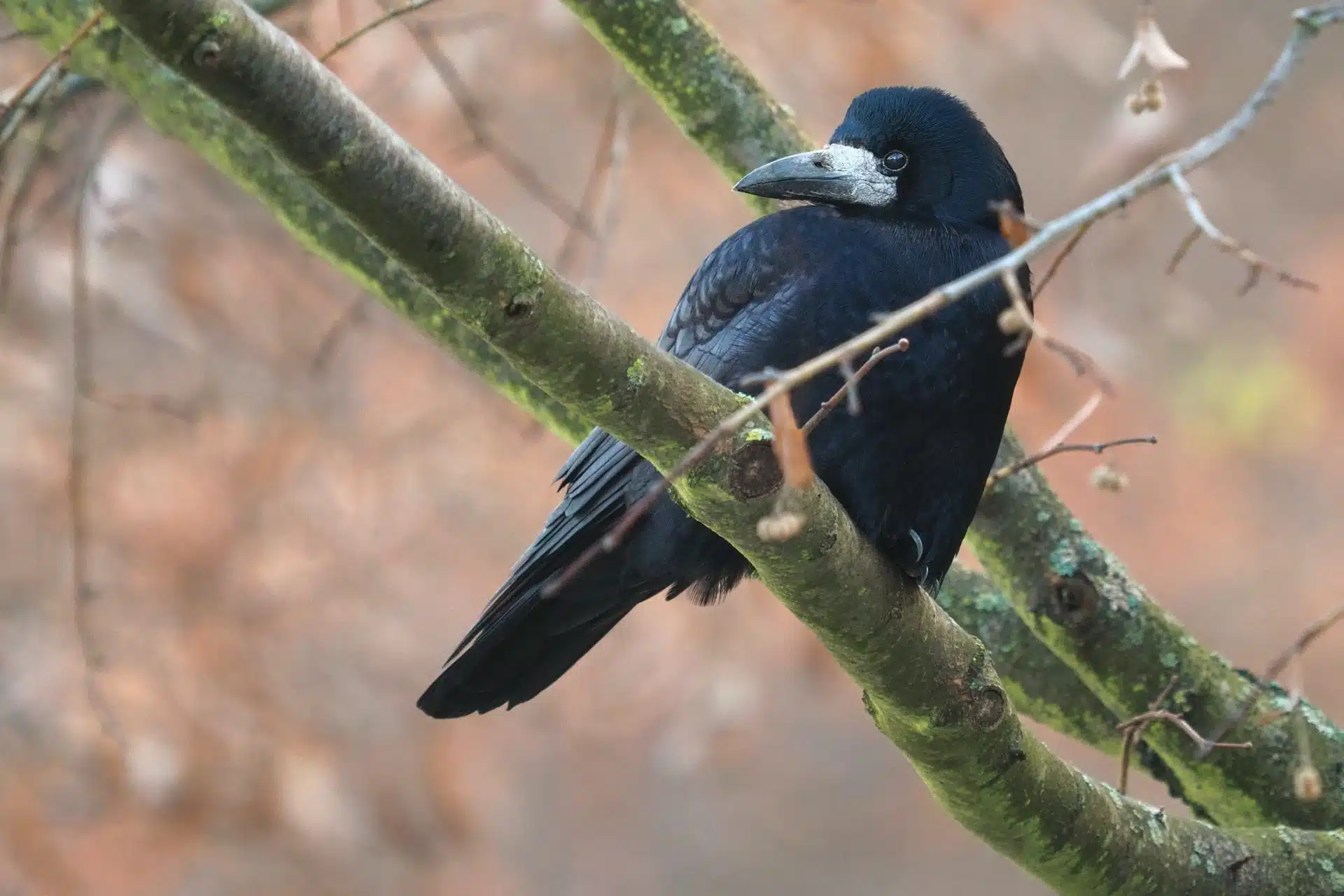Birds
American Crow
Corvus brachyrhynchos

Voice: Most common loud repeated caw-caw-caw
American crows are highly adaptable, very intelligent birds. They are one of only a few species of
bird that has been observed modifying and using tools to obtain food. They can be seen in
treetops, fields, and roadsides. They tend to avoid unbroken expanses of forest which has enabled
them to thrive around people. Their habitats range from open woods to urban neighborhoods.
American crows are opportunist when it comes to food. They are not finicky and will eat a wide
variety of food depending on the season and availability. Their diet consists of anything from a
nuts and grains to small animals such as earthworms and mice. They eat many insects including
some crop pests. In wetland habitats they will forage for fish, young turtles, crayfish, mussels,
and clams. They have been observed eating eggs and nestlings of many bird species including
sparrows, robins and jays. A small part of their diet includes dead animals and garbage.
In some areas American crows can maintain a territory with family groups year round. They are
highly social birds, more often seen in groups than alone, and will gather in groups to forage for
food. When they are foraging, one or two crows will be a lookout; if danger approaches they will
sound the alarm. Most of the year American crows leave their territory to roost and join large
flocks otherwise known as murders. Winter roosts have been documented numbering into the tens
of thousands or more.
American crows do not breed until they are at least two years old, and many do not breed until
they are four or more. In early May both members of a breeding pair and non breeding young
build a nest in a fork of a tree or tall shrub. Nests are made of sticks and twigs lined with bark and
cushioned with rootlets, grasses, fur or moss. Females usually lay 4-5 greenish-blue speckled
eggs with blotches of olive. Females incubate the eggs for 18 days. Young are tended by both
parents and leave the nest in 35 days but may stay with the family group for years.
According to the North American Breeding Bird Survey, American crow population has slightly
increased with the onset of deforestation. However American crows are very sensitive to West
Nile virus which was introduced to North America in 1999. Virtually all crows that contract West
Nile die within one week. American crows in diverse habitats are less likely to come down with
the disease than crows in species-poor areas. Nevertheless long-term populations are generally
stable.
Best Location to View: Crabapple Collection, Picnic Area, Sperry Road
Color: Male and female large, glossy purple black feathers with a black bill and legs; tail short and rounded or squared off at the end.
Range: Widespread range across southern Canada and the continental United States except southwestern deserts; northern populations migrate south in the winter to the United States
Size: 17-21"
Wingspan: 33-39"




